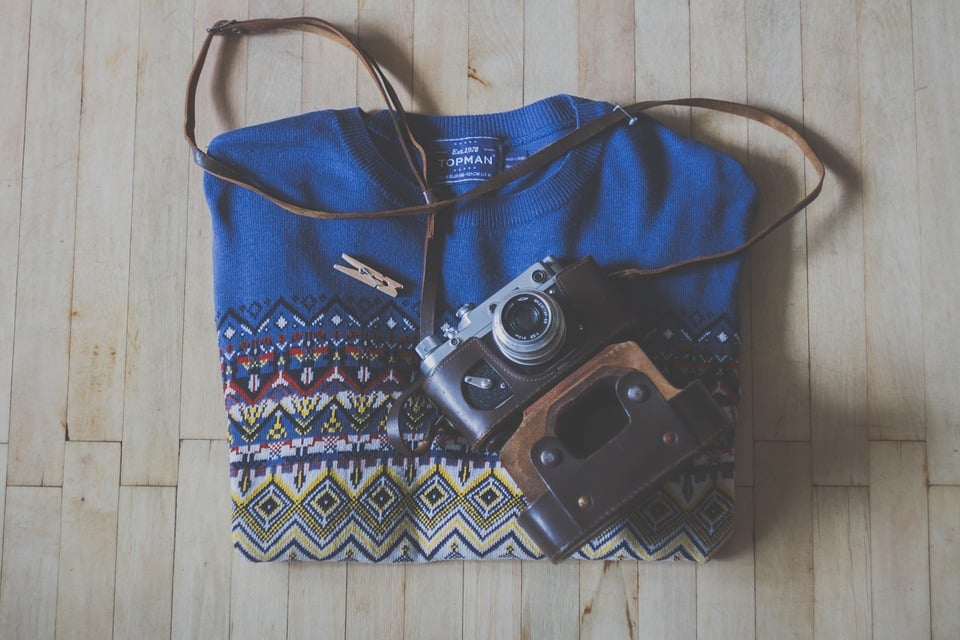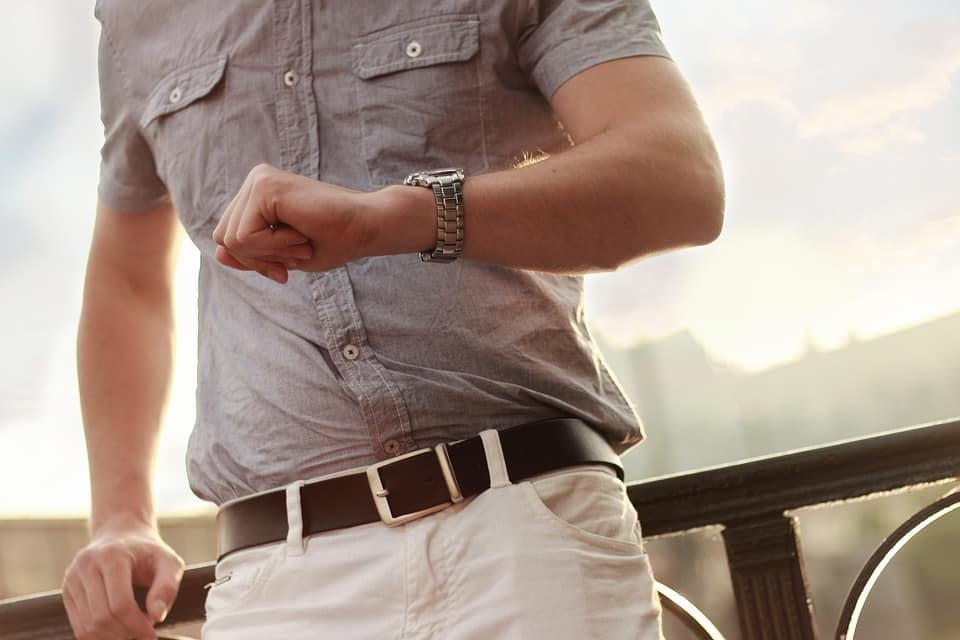Can’t seem to keep your dress shirts tucked into your trousers? In most cases, tucking your shirt into your trousers and wearing a belt will suffice. In other cases, though, it won’t. And if you’re planning to attend a formal event, you probably don’t want your shirt coming untucked. Thankfully, there a few things you can do to keep it in place.
Choose the Right Size Shirt
I know this probably sounds obvious, but it’s still worth mentioning that you need to choose the right shirt size. If your shirt is too small or short, it’s more likely to come untucked. So, choose a shirt that’s sized to fit your body. And remember, there’s no such thing as a shirt that’s too long if you plan on tucking in into your trousers.
Military Tuck
The military tuck is a special type of tucking technique that’s used in the U.S. military. It involves pinching excess fabric on your sides and folding that excess fabric into your trousers. When performed correctly, the military tuck will secure your shirt into your trousers while creating a clean and professional appearance in the process.
The key thing to remember, however, is that the excess fabric should go behind the seam, not in front of it. If you need help perfecting the military tuck, look for tutorial videos on YouTube. Once you get the hang of it, you should be able to perform the military tuck in just one or two minutes.
Shirt Stays
Did you know there’s accessory designed specifically for this problem? Known as “shirt stays,” they look like suspenders and work by securing the bottom of your shirt to the top of your socks. To use them, you simply clip one end of the shirt stay to the bottom of your shirt and the other to the top of your sock, and repeat this process for the other side. Shirt stays look a little funny, but they are completely hidden once you put on your trousers.
What About Tucking Your Shirt Into Your Underwear?
Some men may assume this is a good idea, but in reality it’s probably not. Granted, tucking your shirt into your underwear may reduce the risk of your shirt coming untucked. However, it also means that your underwear may become untucked and visible. So, refer to the tips listed above to secure your shirt and prevent it from coming untucked. Do not try to tuck it into your underwear.
References:
https://www.quora.com/How-do-you-prevent-a-dress-shirt-from-coming-untucked




